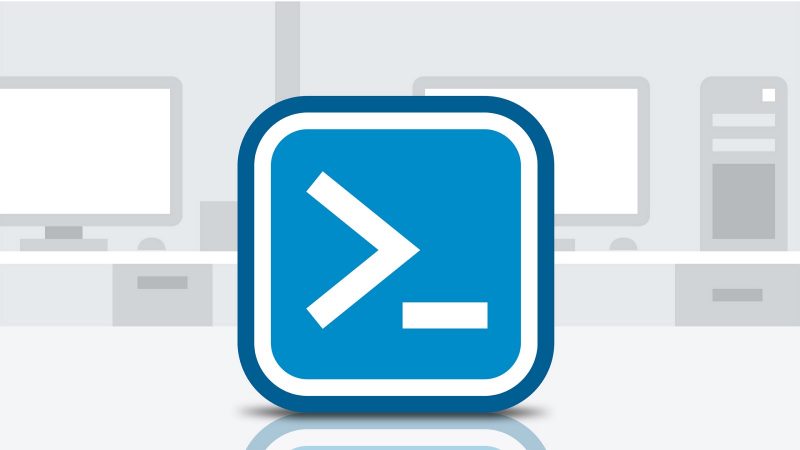
2 min read
Manage the life cycle of your SCCM applications with PowerShell - Part 3 Deploy Applications
“Manage the life cycle of your SCCM applications with PowerShell” is a short post series where I share my PowerShell experience with System Center Configuration Manager. In my last post I’ve shown you a script that creates applications and all assets required to deploy it. This time I have a script to distribute the application content and deploy the application to its collections.
The script is fairly simple. It cycles through the applications catalog and checks whether they already have been distributed or deployed to its collection, if not it does so.
Deploy-CMApplications.ps1
Import-Module "C:\Program Files (x86)\Microsoft Configuration Manager\AdminConsole\bin\ConfigurationManager.psd1"
cd "$((Get-PSProvider | Where-Object {$_.Name -eq "CMSite"}).Drives.Name):"
$ApplicationName = "CM Console (1.0.0)"
# use * for all applications
$Action = "Install"
# use Install or Uninstall
$Purpose = "Required"
# use Available or Required
$DistributionPointName = "sccm.domain.net"
$CMApplicationDeployment = Get-CMApplicationDeployment
Get-CMApplication | Where-Object{ $_.LocalizedDisplayName -like $ApplicationName } | ForEach-Object {
$Name = $_.LocalizedDisplayName
$DeviceCollectionName = "$Name Devices"
$UserCollectionName = "$Name Users"
Write-Host "`nDistribute and deploy application $Name`n"
try {
Start-CMContentDistribution -ApplicationName $Name -DistributionPointName $DistributionPointName
Write-Host "Content distributed"
} catch {
Write-Warning "Content has already been distributed."
}
$UserCollectionDeployment = $CMApplicationDeployment | Where-Object{ ($_.ApplicationName -eq $Name) -and ($_.CollectionName -eq $UserCollectionName)}
if(-not $UserCollectionDeployment) {
Write-Host "Deploy to user collection."
$UserCollectionDeployment = New-CMApplicationDeployment -Name $Name -CollectionName $UserCollectionName -DeployAction $Action -DeployPurpose $Purpose
} else {
Write-Warning "Application has already been distributed to the user collection."
}
$DeviceCollectionDeployment = $CMApplicationDeployment | Where-Object{ ($_.ApplicationName -eq $Name) -and ($_.CollectionName -eq $DeviceCollectionName)}
if(-not $DeviceCollectionDeployment) {
Write-Host "Deploy to device collection."
$DeviceCollectionDeployment = New-CMApplicationDeployment -Name $Name -CollectionName $DeviceCollectionName -DeployAction $Action -DeployPurpose $Purpose
} else {
Write-Warning "Application has already been distributed to the device collection."
}
}The next post of this series is already the last post. Stay calm!
Categories: Client managementTags: configuration manager , life cycle , powershell , sccm , system center configuration manager
Improve this page
Show statistic for this page